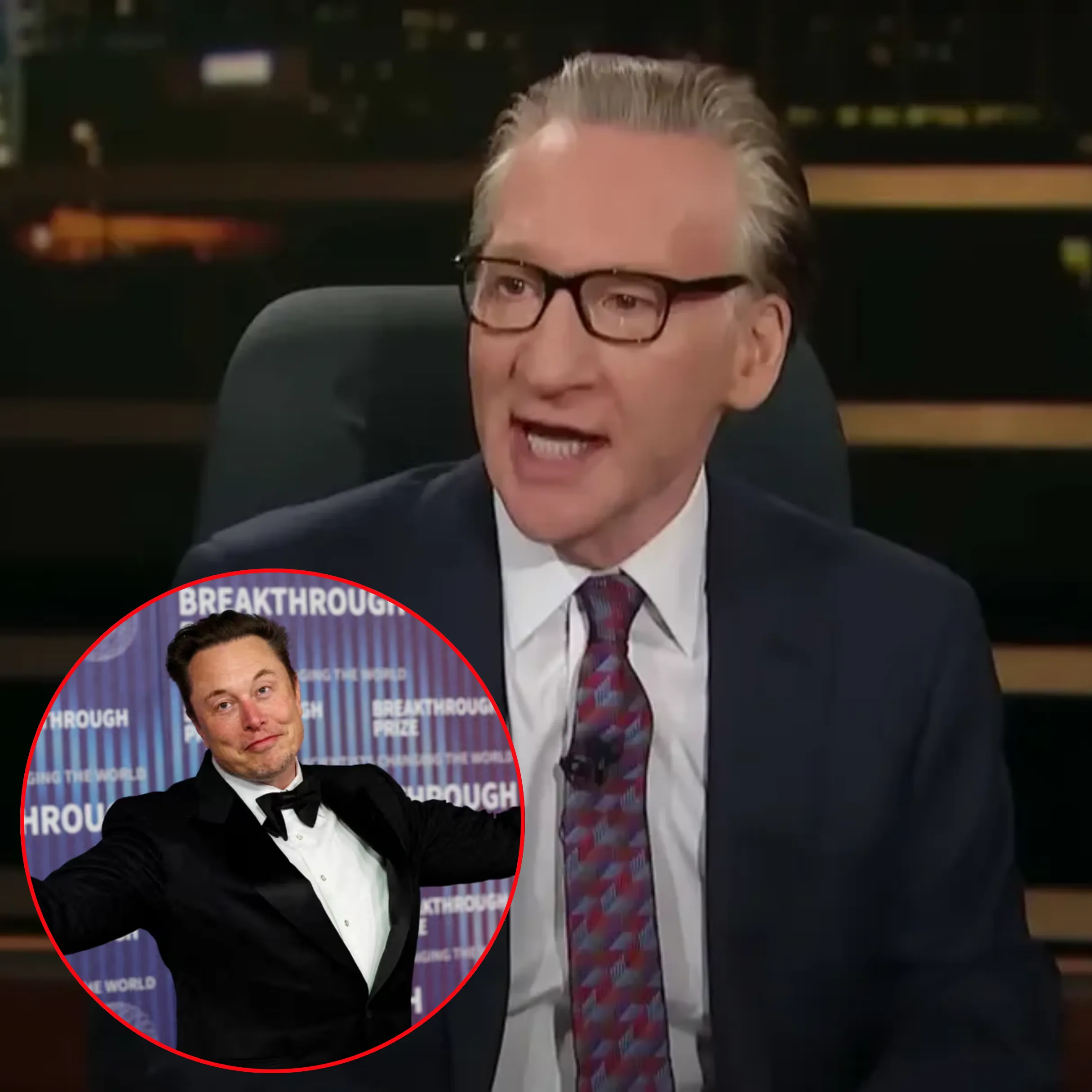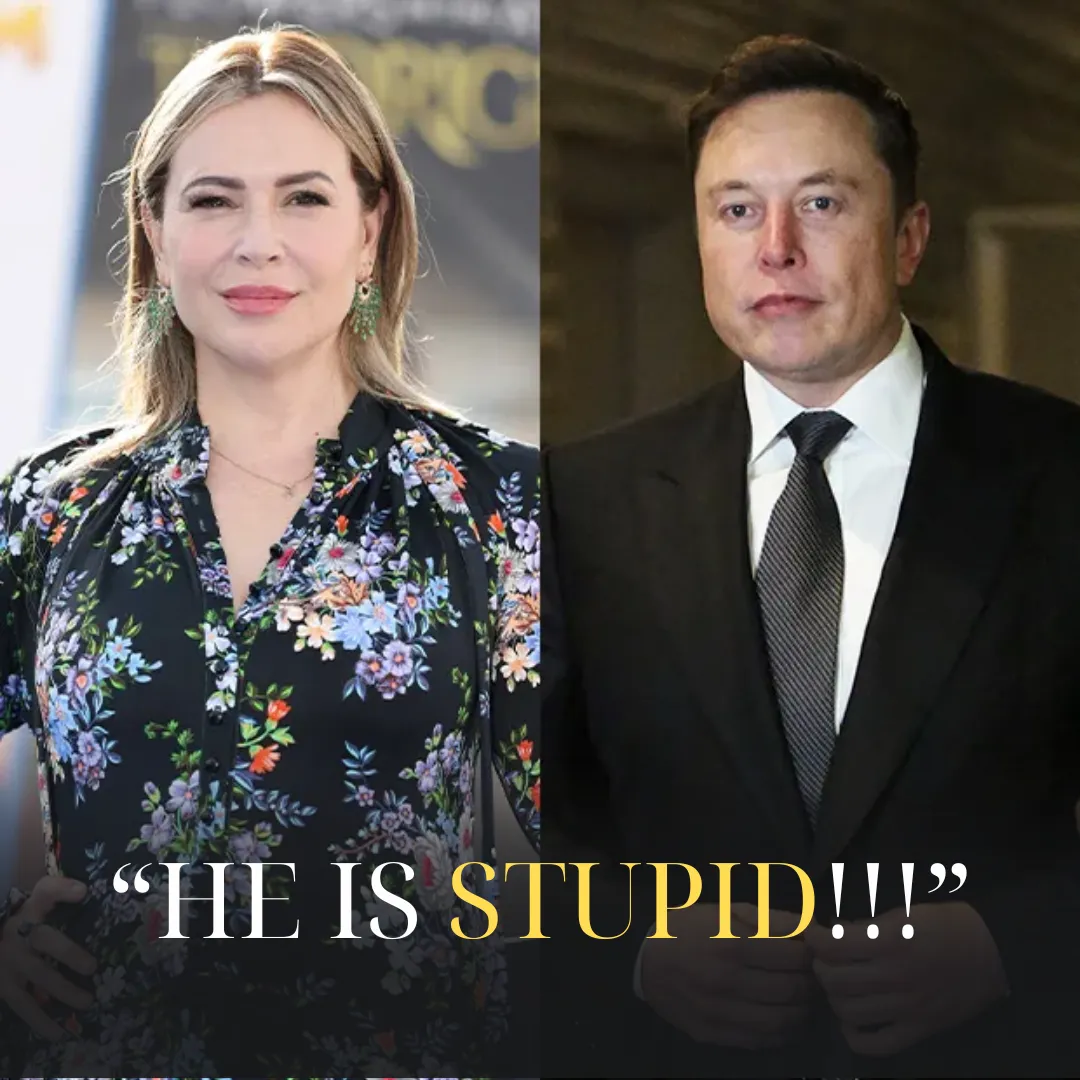
Tesla, the electric vehicle giant led by Elon Musk, is renowned for its technological advancements, its commitment to sustainability, and its ambitious goals of transforming the automotive industry.
However, a recent investigation reveals a starkly different picture of the company’s inner workings, shedding light on a toxic workplace culture and environmental practices that some argue are stuck in the past. Despite its progressive image, Tesla’s factories appear to be struggling with internal issues that could jeopardize its future success.
Several legal documents, government reports, and interviews with former employees paint a troubling portrait of life at Tesla’s production plants.
The company, often seen as a symbol of innovation and forward-thinking, seems to have a darker side when it comes to how it treats its workers and handles environmental concerns.
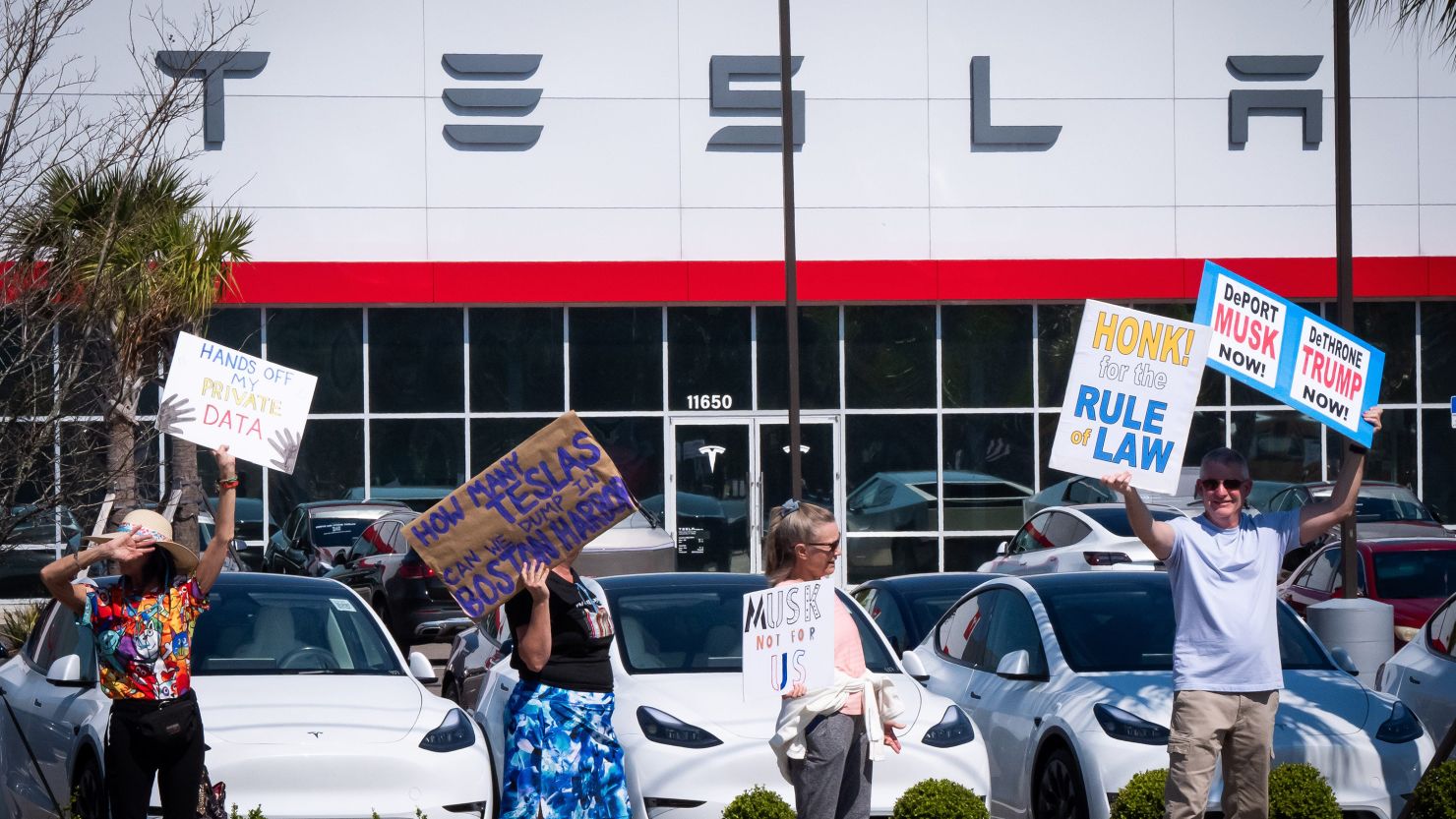
The growing pile of evidence points to a workplace environment that is far from ideal, with reports of harassment, safety violations, and a lack of proper oversight.
Employees at Tesla’s production facilities have spoken out about the harsh conditions they face daily. "Going to work is a nightmare," one former employee said in an interview. The intense pressure to meet production goals, the long hours, and the harsh treatment from supervisors have led many workers to feel undervalued and overworked.
Some workers reported that they were subjected to intimidation and were often given unrealistic deadlines, creating an atmosphere of stress and fear.
The company has long been proud of its rapid production capabilities, but it seems that speed may be coming at a significant cost to worker well-being. Reports indicate that safety measures are often overlooked, with employees regularly exposed to hazardous working conditions.
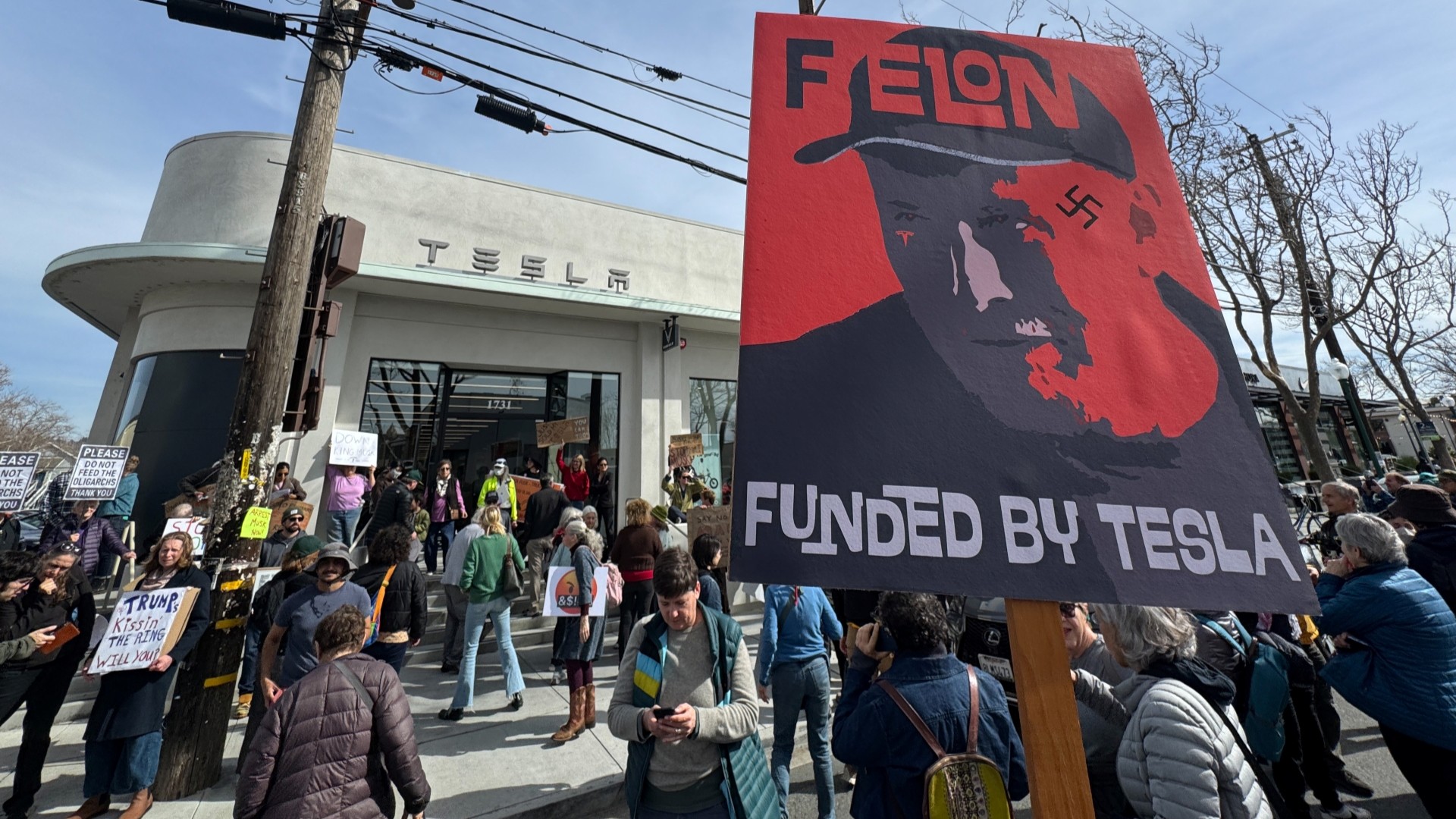
In addition, there have been numerous complaints about inadequate health and safety protocols, with some workers suffering injuries due to the company’s failure to provide proper training and equipment.
Beyond the issues with employee treatment, Tesla’s environmental impact has also come under scrutiny. The company has built its reputation on promoting sustainable, eco-friendly technologies through the production of electric vehicles. However, reports suggest that some of Tesla’s factories are contributing to pollution in the areas surrounding them.
For instance, environmental groups have raised concerns about the disposal of hazardous materials and waste generated by the company’s manufacturing processes.
Tesla’s production plants, particularly the ones in Fremont, California, and Nevada, have been accused of poor waste management and inadequate recycling procedures.
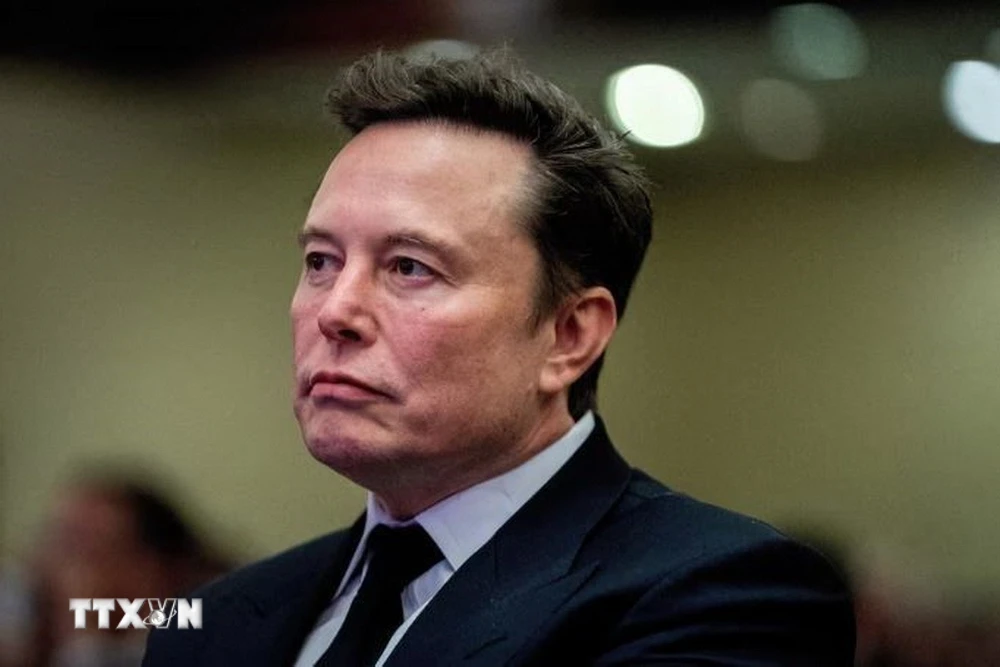
Local residents have voiced concerns about the air quality and the contamination of nearby water sources, which could have long-term consequences for the environment and public health.
Critics argue that Tesla’s commitment to environmental sustainability is undermined by these ongoing issues, suggesting that the company may be prioritizing speed and production over its environmental responsibilities.
Despite these troubling revelations, Tesla continues to maintain that it is committed to improving both its workplace culture and environmental practices.
The company has made efforts to address some of the concerns raised by employees, including implementing new training programs and increasing wages for factory workers.
However, many argue that these measures are insufficient, and that the company has yet to fully acknowledge the depth of the problems within its factories.
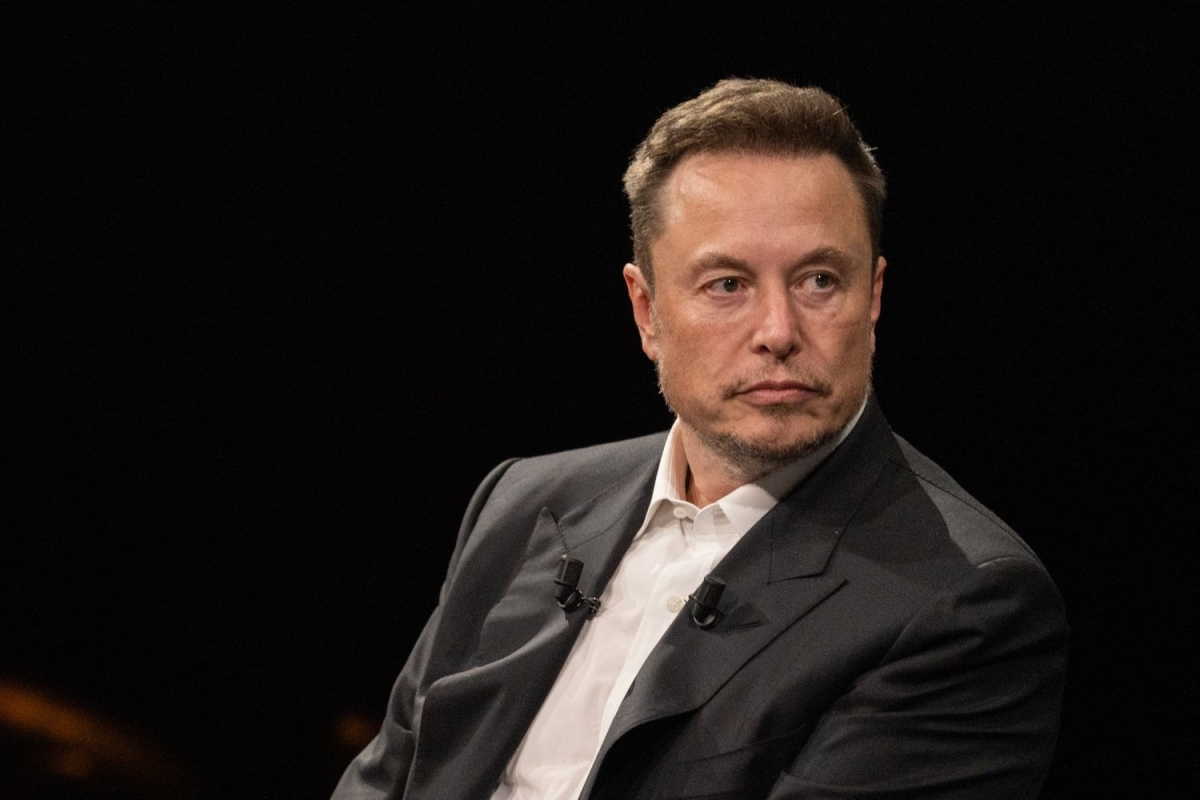
Elon Musk, the outspoken CEO of Tesla, has been known for his bold and sometimes controversial statements, but he has largely remained silent on the specific issues raised by former employees.
While he continues to tout Tesla’s achievements, such as the rapid rollout of new vehicles and advancements in self-driving technology, there is little evidence to suggest that he is actively addressing the internal problems that have surfaced.
Musk’s leadership style, often described as demanding and relentless, may be contributing to the ongoing struggles within Tesla’s factories. The image of Tesla as a cutting-edge, eco-friendly company is being called into question by these revelations.
While the company is still viewed as a leader in electric vehicle production, its internal culture and environmental practices suggest that it may have some serious issues to address before it can continue to claim the mantle of a progressive company.
The challenges Tesla faces in its factories are not unique to the company, but they raise important questions about the true cost of success in today’s fast-paced, profit-driven world.
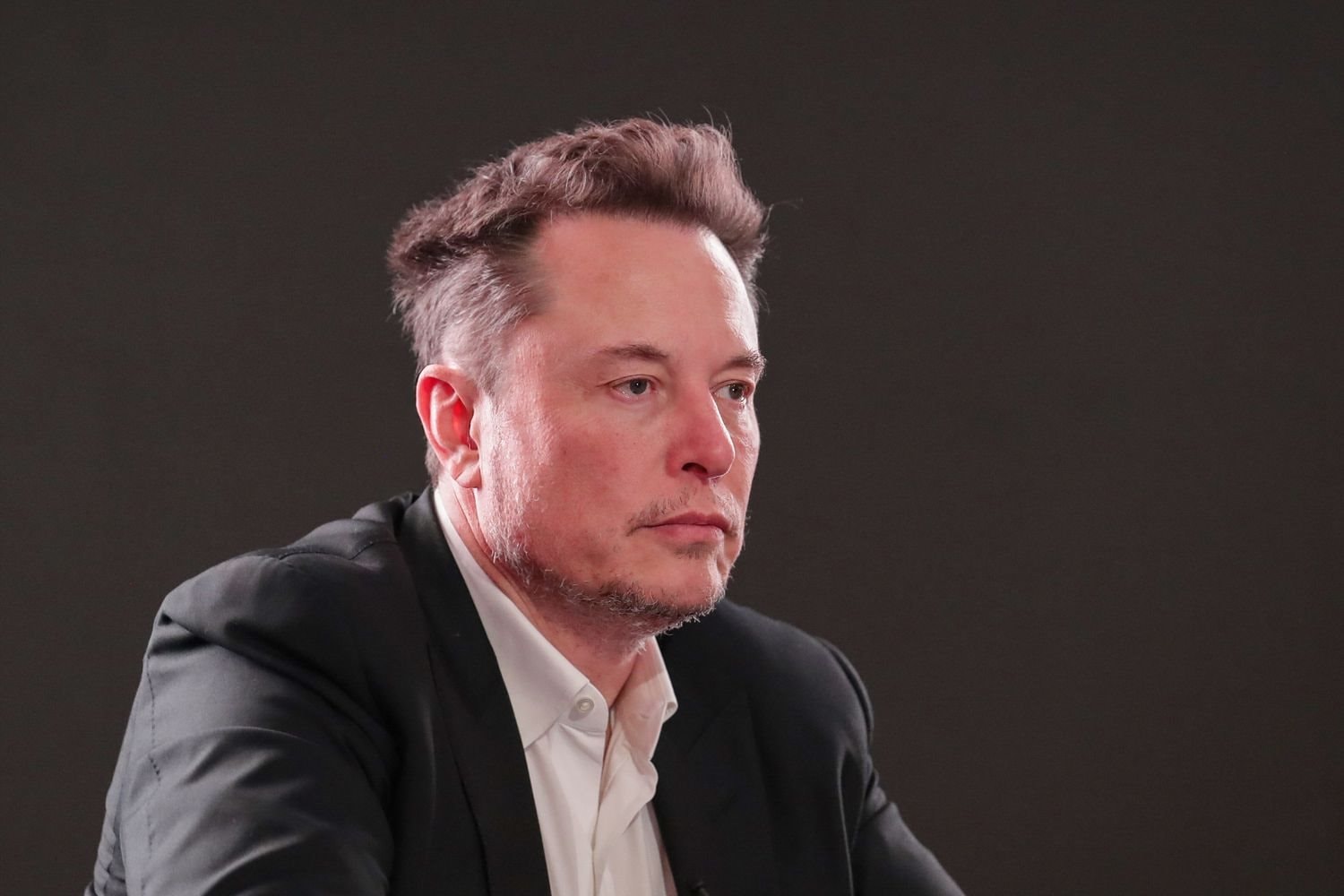
Is it possible to achieve technological progress without sacrificing the well-being of workers and the environment? Tesla’s struggles offer a cautionary tale for other companies striving to balance innovation with social responsibility.
In conclusion, while Tesla’s technological achievements continue to impress the world, the company’s internal problems reveal a more troubling reality. From toxic workplace conditions to environmental concerns, Tesla’s factories are far from the utopian vision that many associate with the company.
As the company moves forward with its ambitious goals, it will need to address these issues head-on if it hopes to maintain its reputation as a leader in both the automotive and tech industries.

For now, the question remains: Can Tesla continue to push the boundaries of innovation while simultaneously addressing its internal shortcomings? The answer to that question may determine the company’s long-term success and its place in the future of sustainable technology.

